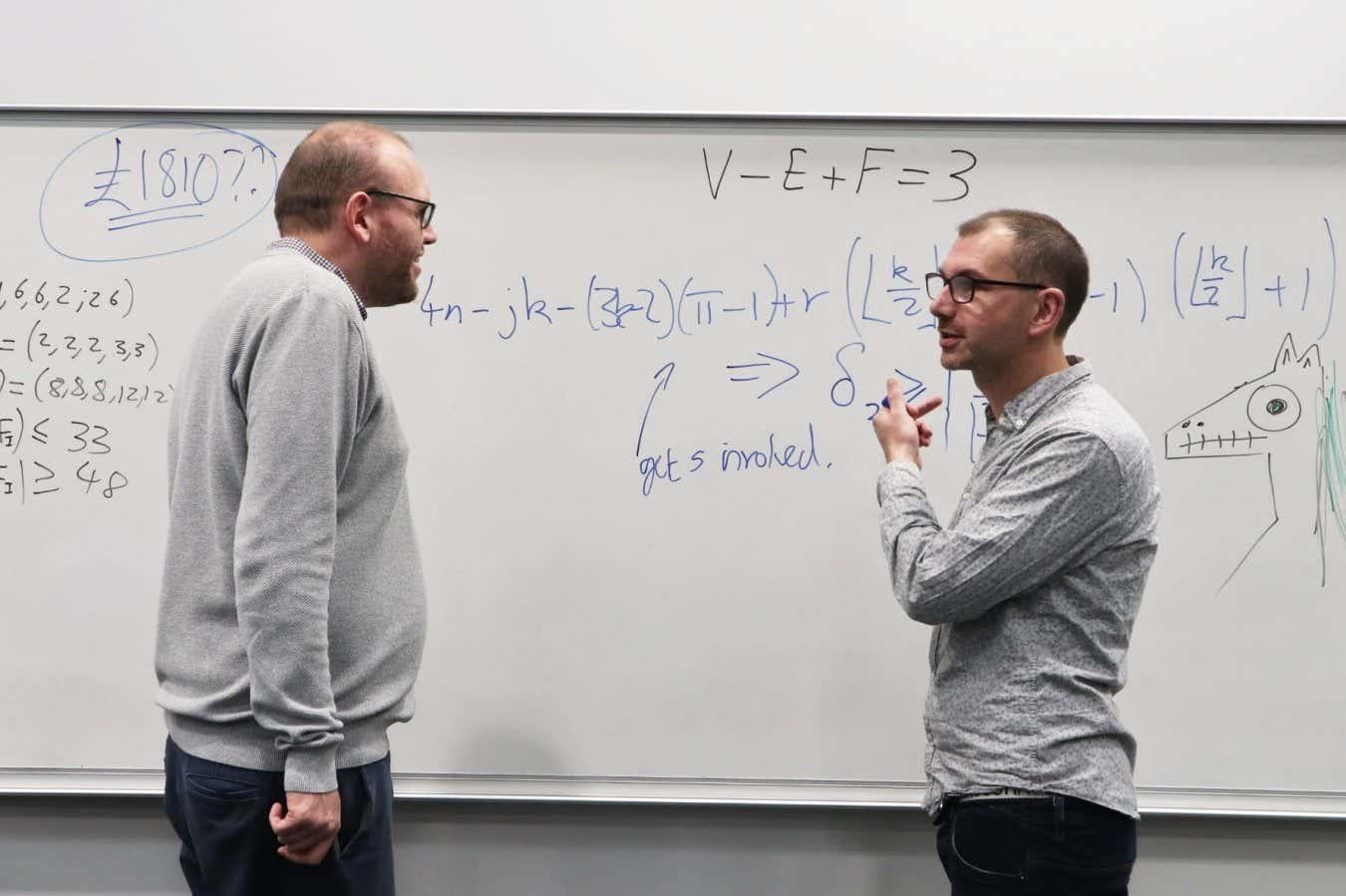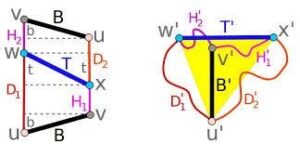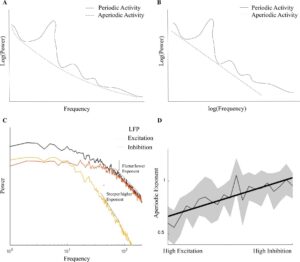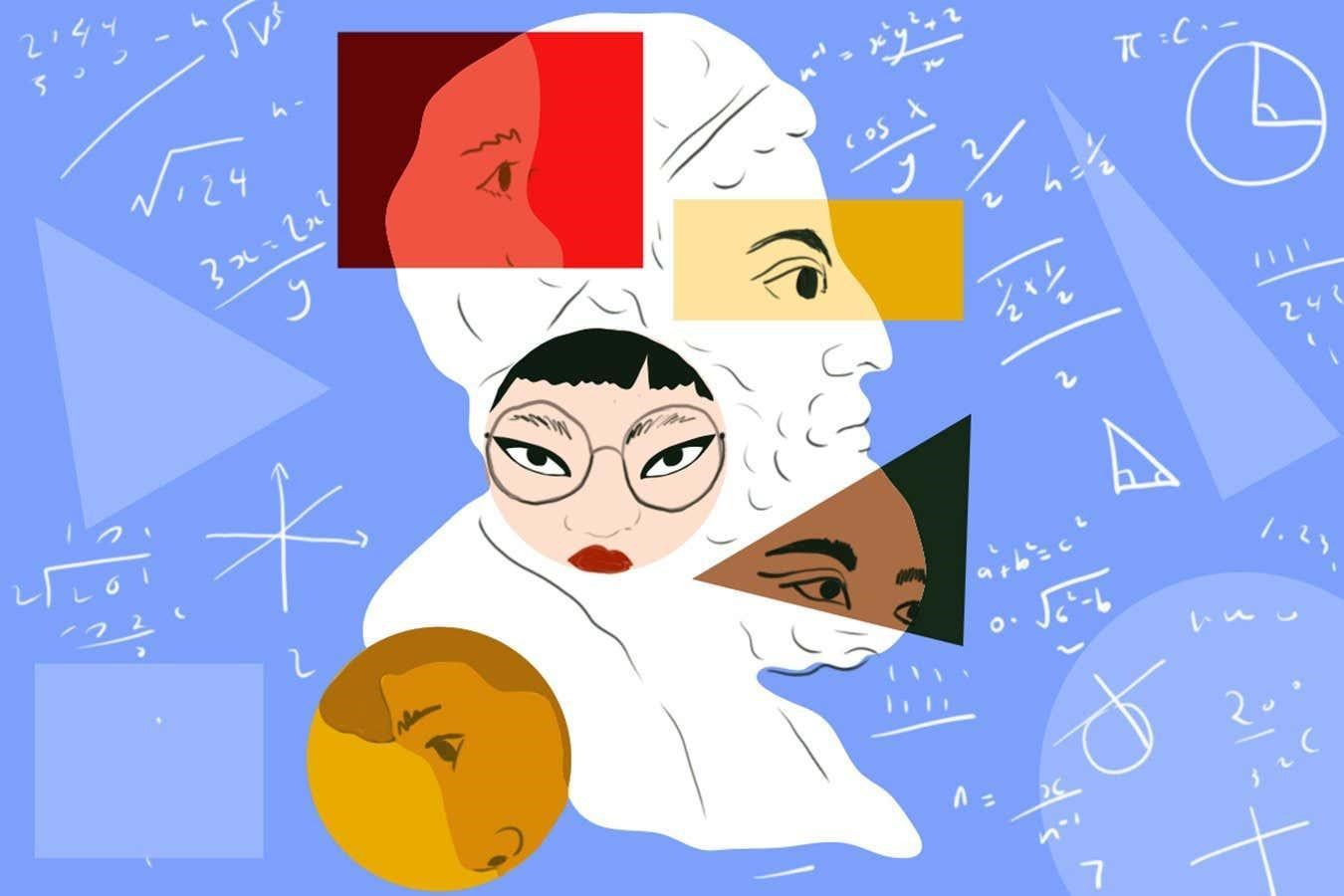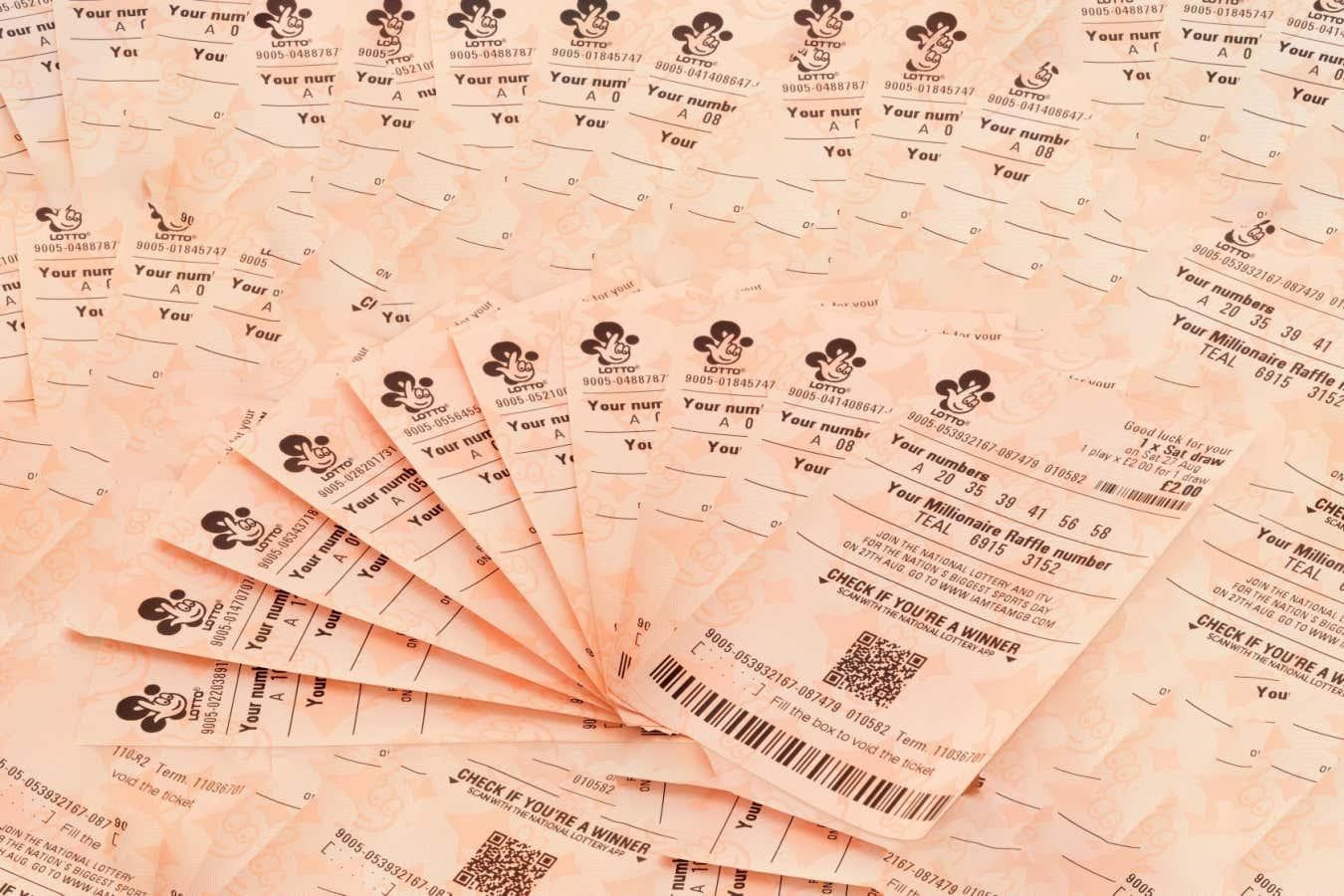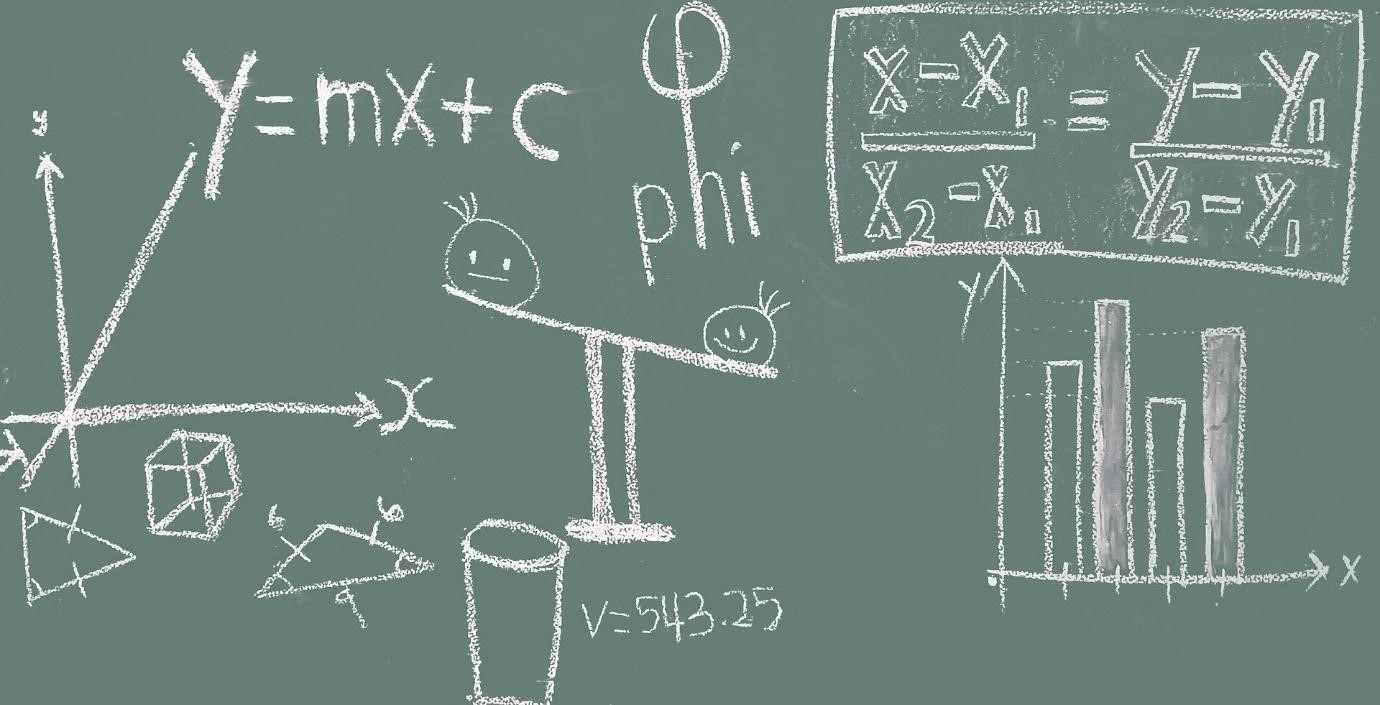
Statistical methods can evaluate whether pivotal military events, like the Battle of Jutland, American involvement in the Vietnam war or the nuclear arms race, could’ve turned out otherwise, according to a new book.
Military historical narratives and statistical modeling bring fresh perspectives to the fore in a ground-breaking text, “Quantifying Counterfactual Military History,” by Brennen Fagan, Ian Horwood, Niall MacKay, Christopher Price and Jamie Wood, a team of historians and mathematicians.
The authors explain, “In writing history, it must always be remembered that a historical fact is simply one of numberless possibilities until the historical actor moves or an event occurs, at which point it becomes real. To understand the one-time possibility that became evidence we must also understand the possibilities that remained unrealized.”
Re-examining the battlefield
Midway through the First World War, Britain and Germany were locked in a technologically driven arms race which culminated in the Battle of Jutland in 1916. By that time, both nations had built over 50 dreadnoughts—speedy, heavily-armored, turbine-powered “all-big-gun” warships.
In the context of a battle that Britain couldn’t afford to lose, Winston Churchill was quoted as saying that the British commander John Jellicoe was “the only man on either side who could lose the war in an afternoon.”
Both nations, at various points in time, have claimed victory in the Battle of Jutland, and there is no consensus on who “won.” Using mathematical modeling, “Quantifying Counterfactual Military History” probes whether the Germans could have achieved a decisive victory.
The five scholars note, “This reconstructive battling enables us to put some level of statistical insight into multiple realizations of a key phase of Jutland. The model is crude and laden with assumptions—as are all wargames—but, unlike in a wargame, our goal is simply to understand what is plausible and what is not.”
Understanding nuclear deterrence
Counterfactual reasoning is positioned centrally when it comes to the fraught history of nuclear deterrence. By the 1980s, the nuclear arms race between the US and the Soviet Union had already spanned three decades and 1983 would bring a crisis less well-known than the Cuban missile crisis of 1962.
The authors draw attention to the peak of intensity in November 1983 during the so-called “Second Cold War.” A NATO “command post” exercise in Western Europe—known as Able Archer—was created to test communications in the event of nuclear war.
The Soviets, however—likely the result of faulty intelligence gathering—believed that an attack was imminent with the NATO exercise interpreted as the first phase. “Quantifying Counterfactual Military History” highlights the example as one where each side placed themselves in dangerous counterfactual mindsets.
“Mutual misapprehension in 1983 continued a long tradition of misunderstanding which had always created catastrophic potential for war, now based consciously and unconsciously on game theory and its erroneous assumption that rational actors were guided by accurate information,” the authors explain. “In this way they stumbled towards a war that neither had willed.”
Embrace the alternative
“Quantifying Counterfactual Military History” uses case studies of Jutland, Able Archer, the Battle of Britain and the Vietnam War to appraise long-established narratives around military events and examine the probabilities of the events that took place alongside the potential for alternative outcomes.
The book’s authors, however, take a restrained approach to counterfactual theory, one that acknowledges and considers why some events—including the actions of individuals or the rise of institutions—are more important than others and can be considered “critical junctures.” They understand this as very different from the arbitrary, loosely substantiated suppositions made by “exuberant” counterfactuals.
They say, “We can never be certain of the existence of critical junctures, or of the grounds of their criticality, but ‘restrained’ counterfactuals, if done with multiple perspectives and sufficient thoroughness, can surely make a distinctive contribution to the literature.”
The book is underpinned by an inter-disciplinary method which combines historical narrative and statistical data and analysis, offering both quantitative and qualitative rigor.
They explain, “This study has taken us in directions which are not common in academic collaboration, but which we hope demonstrate that collaborative research exploring what had been dead ground between the sciences and the humanities is long overdue.”
Rather than attempt to merely reinvent the past, “Quantifying Counterfactual Military History” calls attention to the dynamism inherent in historical practice and offers another tool for understanding historical actors, the decisions they made and the futures they shaped.
For more such insights, log into our website https://international-maths-challenge.com
Credit of the article given to Taylor & Francis


